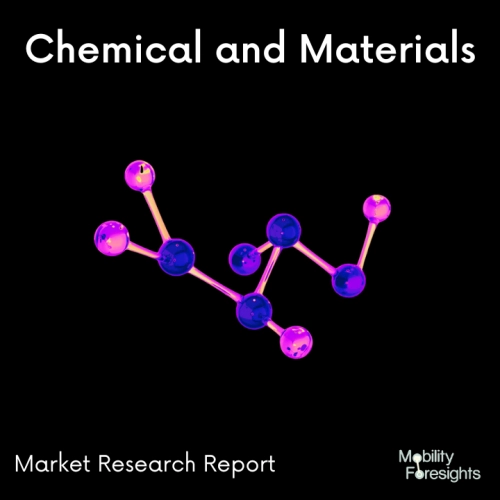
- Get in Touch with Us

Last Updated: Apr 25, 2025 | Study Period: 2024-2030
A topological insulator is a substance that only allows electrons to pass over its surface because its interior functions as an electrical conductor while its surface functions as an electrical insulator.
The topological insulator is a relatively recent development in the discipline, but it is becoming increasingly significant to condensed matter physicists since it is capable of manipulating electricity unlike anything else known in nature or in the lab.
When a superconductor is deposited on the surface of a topological insulator, it creates a unique superconducting state that is home to Majorana fermions with zero energy. In its interior, or bulk, the topological insulator prevents current, just like a typical insulator does.

The Global Topological insulator Market accounted for $XX Billion in 2023 and is anticipated to reach $XX Billion by 2030, registering a CAGR of XX% from 2024 to 2030.
Topological Insulators: New Insights on their Interaction Because of their distinctive electrical characteristics, topological insulators are thought to hold the key to future "spintronic" devices and quantum computers.
The topological characteristics of multilayer systems of tungsten di-telluride may now be modified systematically by scanning tunnelling microscopy, which physicists have now been able to comprehend for the first time.
A potential material for the realization of topological states has recently been revealed to be the chemical molecule. A recently discovered potential material for the realization of topological states is tungsten di-telluride (WTe2).
These are regarded as the foundation for future quantum computers and innovative "spintronic" technologies because of their distinct electrical characteristics.
Researchers at Fors chungszentrum Julich have now been able to comprehend for the first time how investigations using a scanning tunnelling microscope can be used to change the topological characteristics of multilayer WTe2 systems in a systematic manner.
On the surface, atomically thin layers are insulating, yet they show so-called topologically protected edge channels because of their crystal structure.
The conduction across these edge channels, which is dependent on the electrons' spin, is electrically conductive. Depending on how the layers are positioned, fundamentally different interactions can happen when two of these levels are layered on top of one another.
| Sl no | Topic |
| 1 | Market Segmentation |
| 2 | Scope of the report |
| 3 | Abbreviations |
| 4 | Research Methodology |
| 5 | Executive Summary |
| 6 | Introduction |
| 7 | Insights from Industry stakeholders |
| 8 | Cost breakdown of Product by sub-components and average profit margin |
| 9 | Disruptive innovation in the Industry |
| 10 | Technology trends in the Industry |
| 11 | Consumer trends in the industry |
| 12 | Recent Production Milestones |
| 13 | Component Manufacturing in US, EU and China |
| 14 | COVID-19 impact on overall market |
| 15 | COVID-19 impact on Production of components |
| 16 | COVID-19 impact on Point of sale |
| 17 | Market Segmentation, Dynamics and Forecast by Geography, 2024-2030 |
| 18 | Market Segmentation, Dynamics and Forecast by Product Type, 2024-2030 |
| 19 | Market Segmentation, Dynamics and Forecast by Application, 2024-2030 |
| 20 | Market Segmentation, Dynamics and Forecast by End use, 2024-2030 |
| 21 | Product installation rate by OEM, 2023 |
| 22 | Incline/Decline in Average B-2-B selling price in past 5 years |
| 23 | Competition from substitute products |
| 24 | Gross margin and average profitability of suppliers |
| 25 | New product development in past 12 months |
| 26 | M&A in past 12 months |
| 27 | Growth strategy of leading players |
| 28 | Market share of vendors, 2023 |
| 29 | Company Profiles |
| 30 | Unmet needs and opportunity for new suppliers |
| 31 | Conclusion |
| 32 | Appendix |